Christopher Penny MA Urban Design 23-24
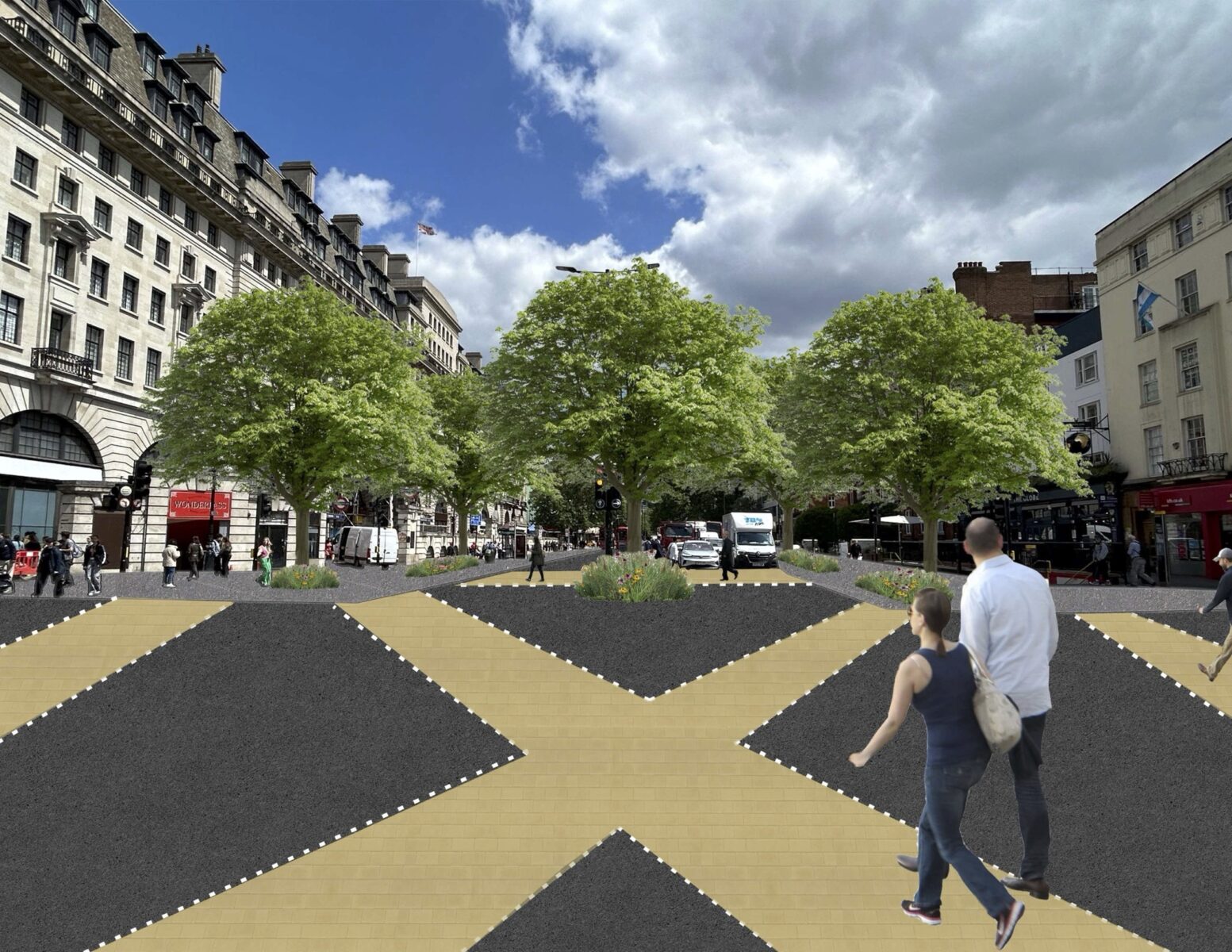
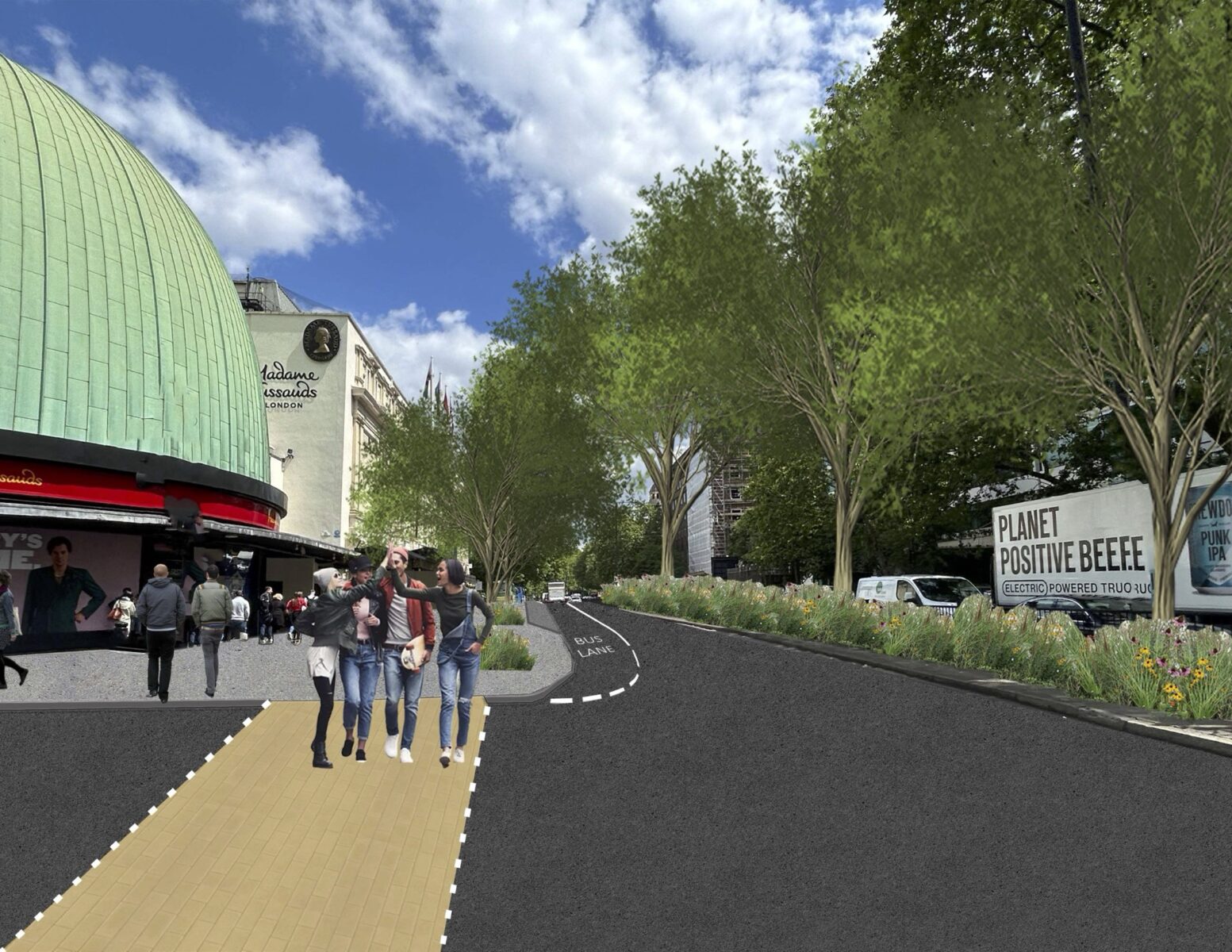
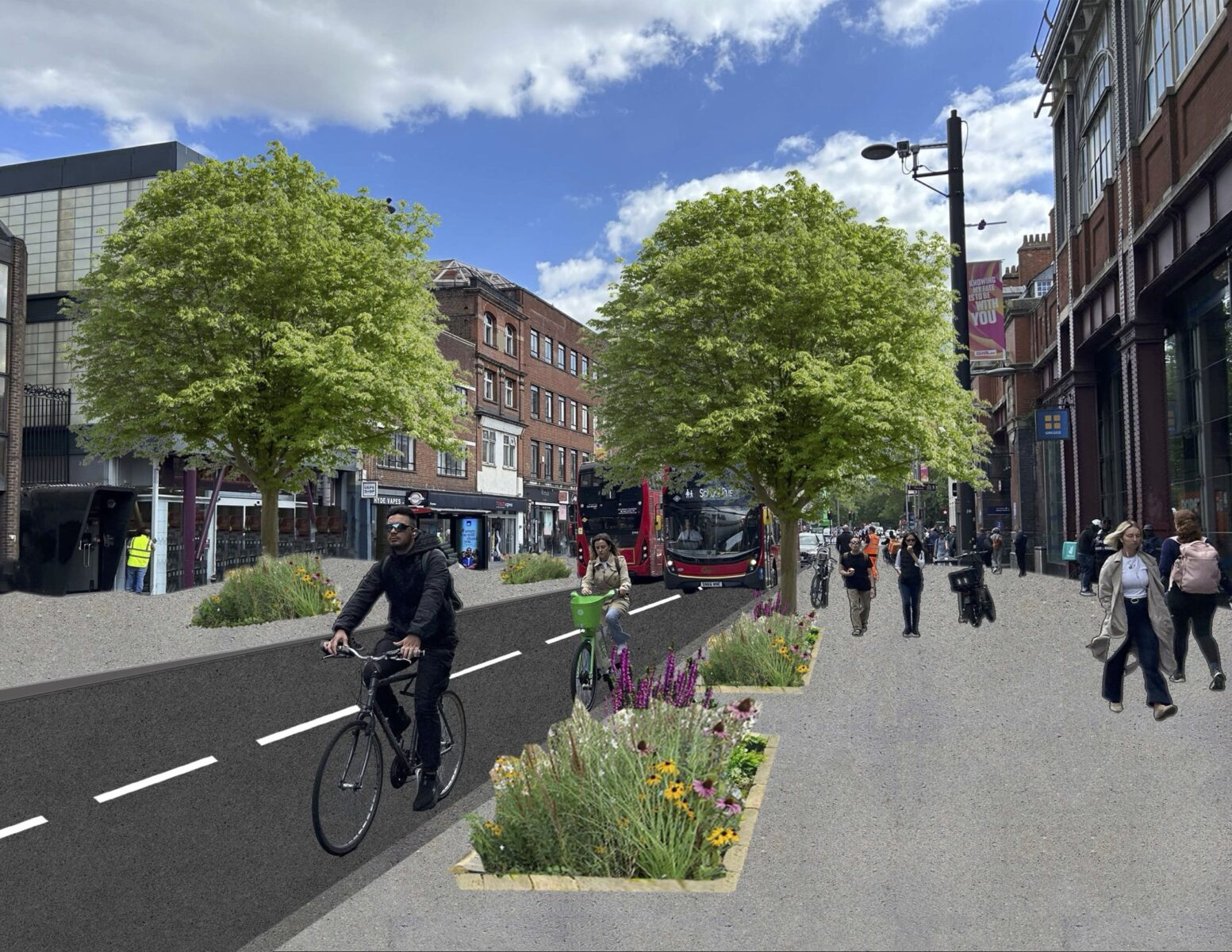
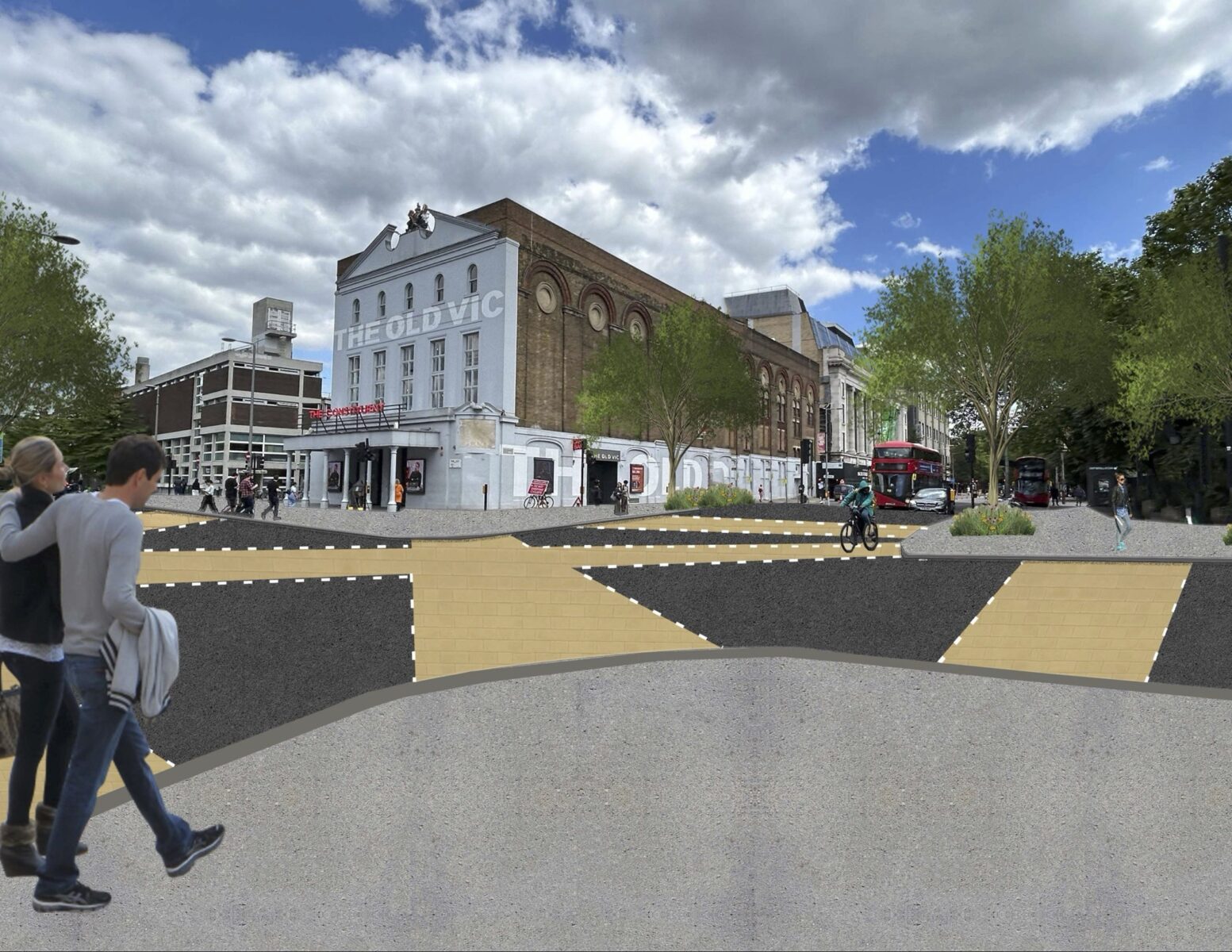
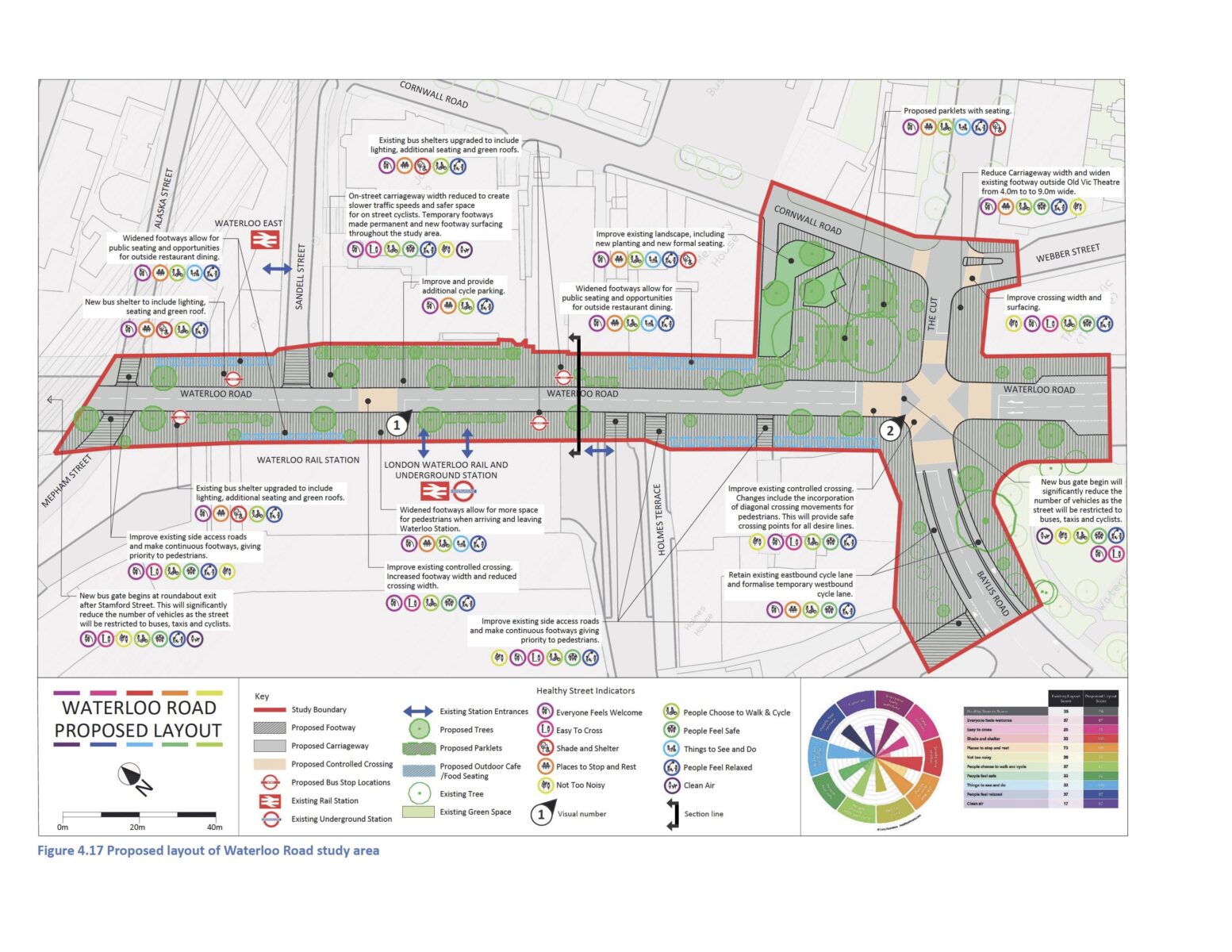
How can urban design theory support the practical application of Healthy Streets?
Street design has for over seventy years focussed on the car as the primary mode of transportation, which has led to streets that fail to meet the needs of modern cities and their inhabitants (Speck, 2012). In recent years a number of design tools have emerged that promote active travel (walking, cycling and other modes of transport that require physical activity) and have attempted to aid designers is adapting city streets to support community activities and meet community needs.
This research explores the suitability of one such tool, the Healthy Streets approach, questioning whether it aligns with Urban Design theory. The study includes a literature review of contemporary urban design theory relating to streets and explores other urban design assessment tools from key urban design theorists including Jan Gehl (2013; 2022), William Whyte (1980), Clare Cooper Marcus (1992) and others.
The study highlights Healthy Streets’ strength in shifting highway engineers’ focus from vehicle- centric designs to more pedestrian and cyclist-friendly streets, incorporating urban design elements like seating and shade. However, the research identifies key limitations with the approach, including: the lack of evidence supporting the ten Healthy Streets indicators, insuficient transparency in metric scoring, and an apparent bias towards highways-related outcomes. Each of these limitations is explored through a comparison of two case studies within central London, Waterloo Road and Marylebone Road, for which a Healthy Streets Design Check is undertaken and proposals made.
To address the limitations within the approach, the research suggests that a companion Design Guide, grounded in urban design theory, would enhance the Healthy Streets framework without compromising its core principles. This Design Guide would enable the Healthy Streets approach to create more successful, human-centred street improvements that promote community health and well-being.
Acknowledging the imperfections with design tools generally, and specifically with Healthy Streets, the study underscores the importance of continually updating guidance to reflect current research, to ensure that improvements to urban environments meet the needs of local communities.
